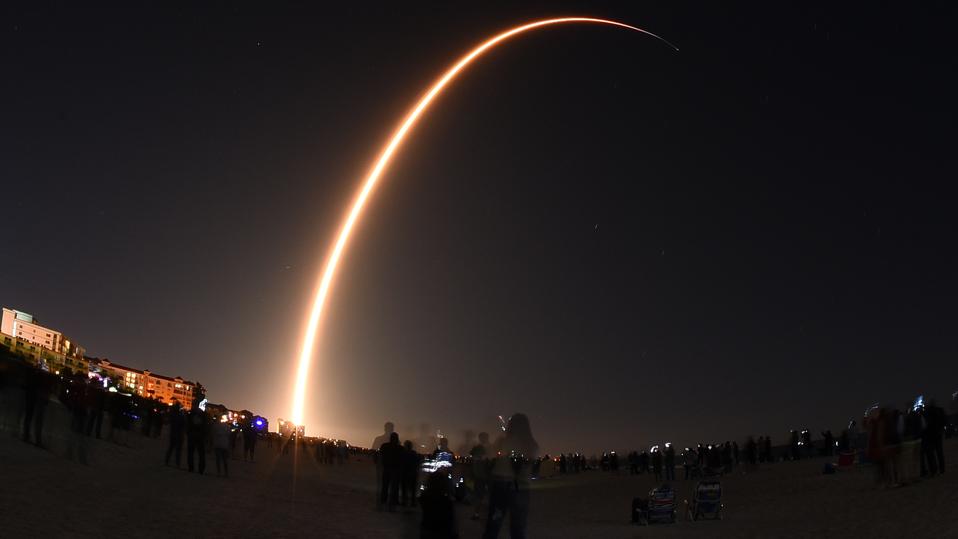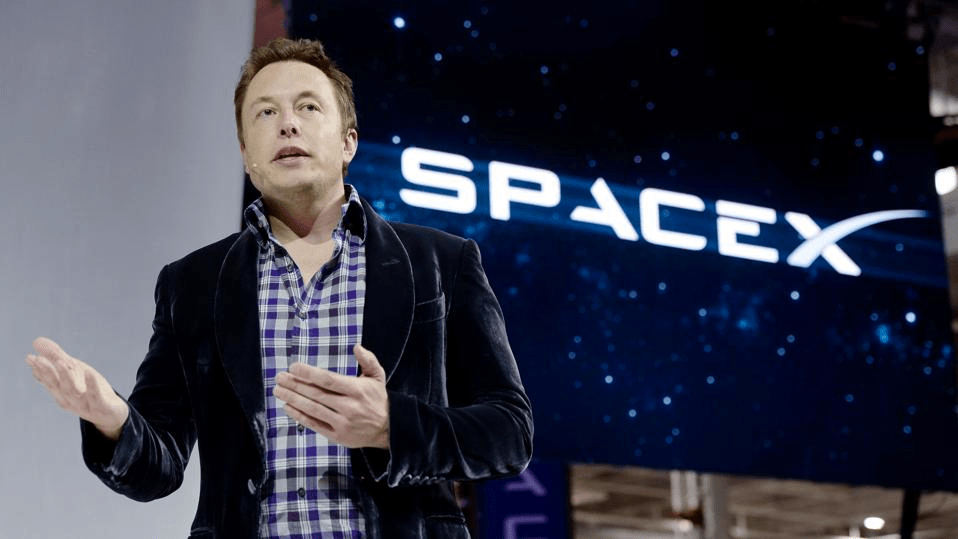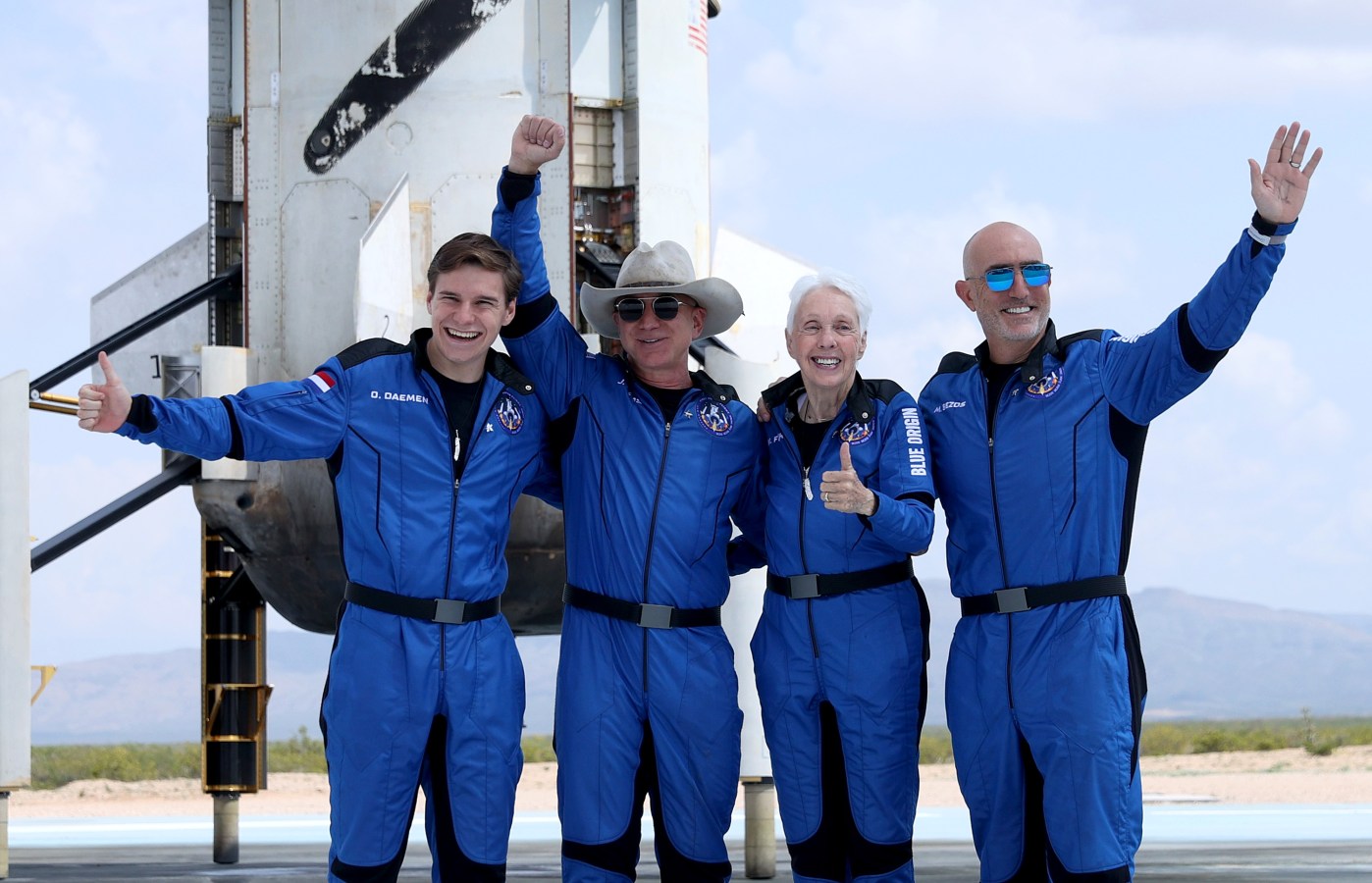The second test flight for SpaceX’s large, two-stage Starship rocket resulted in an explosion Saturday, though the flight went further than the first test run SpaceX held in April—when the spacecraft was lost just a few minutes after liftoff.

SpaceX’s Starship rocket launches from Starbase during its second test flight in Boca Chica, Texas, on November 18, 2023. (Photo by TIMOTHY A. CLARY/AFP via Getty Images)
AFP via Getty Images
Key Takeaways
- The rocket, which was uncrewed, successfully separated from its booster unlike it did in its first test flight and flew on its own until about 10 minutes into the operation, when a SpaceX official said an automated termination system was likely triggered as it flew over the Gulf of Mexico.
- The booster exploded after the separation, in what SpaceX called “a rapid unscheduled disassembly.”
- The 397-foot-tall rocket launched from SpaceX’s Starbase in Boca Chica, Texas, with the company noting in a post that in the case of the Saturday test flight, “success comes from what we learn.”
- SpaceX CEO Elon Musk and NASA head Bill Nelson offered congratulations to the SpaceX team following the launch, with Nelson lauding the progress made by the flight test.
Big Number
More than $4 billion. That’s the value of SpaceX’s two contracts with NASA, one of which includes five astronaut missions assigned to SpaceX.
Surprising Fact
The spacecraft’s booster has a total of 33 Raptor engines, all of which fired successfully on liftoff.
What To Watch For
The first lunar landing using the Starship spacecraft is scheduled for as soon as December 2025 under NASA’s Artemis program, which aims to send astronauts back to the moon. Jim Free, associate administrator for NASA’s exploration systems development mission directorate, has shown doubt that Starship will be ready for such an operation in time. Free has also warned the manned mission could be pushed back to 2026 or that NASA may be forced to design a new flight profile, according to CNN.
Key Background
The Starship rocket’s first test flight in April yielded lesser results than Saturday’s operation, tumbling and exploding shortly after launch. SpaceX chalked up the failure to a propellant leak from the spacecraft’s booster, which caused fires and ended up in a loss of communications with the ship. The April flight also destroyed the launch pad and created what Musk called a “rock tornado”—one that kicked up soil and sand that came down up to five miles away, Business Insider reported. Musk and NASA have considered the development and test launches of the Starship spacecraft as instrumental parts of eventually sending humans to Mars.
This article was first published on forbes.com and all figures are in USD.


